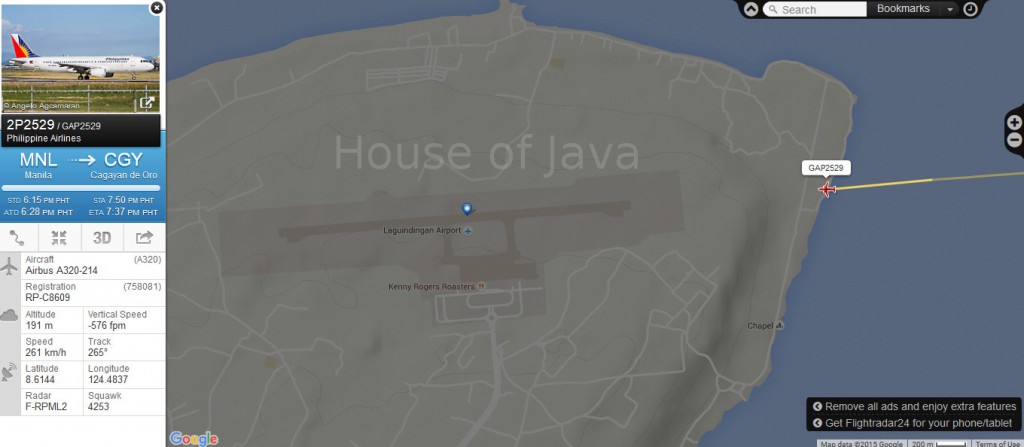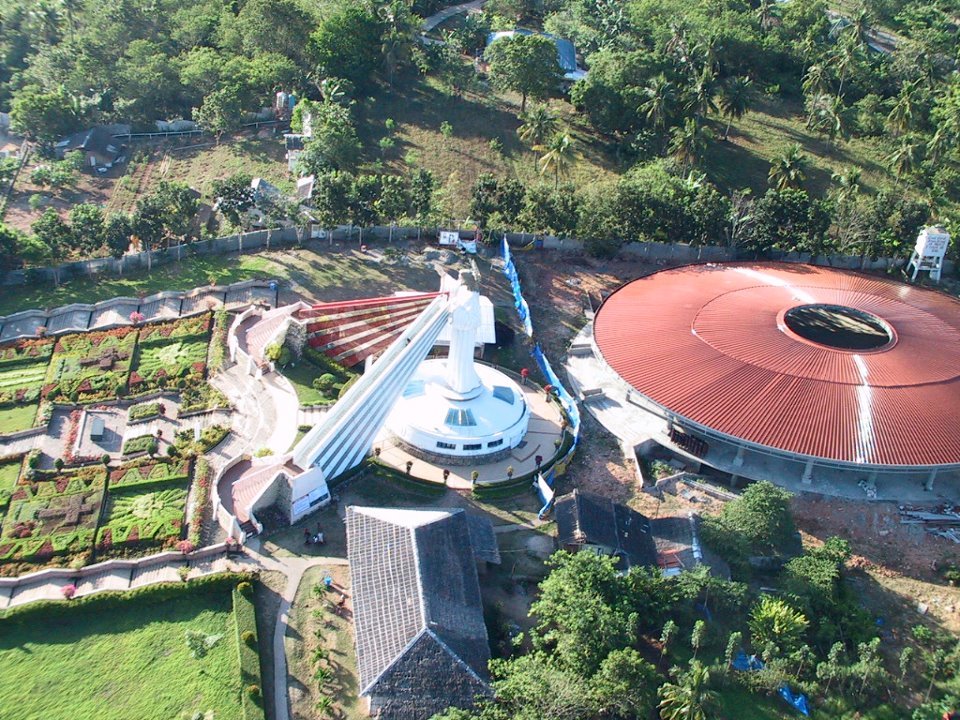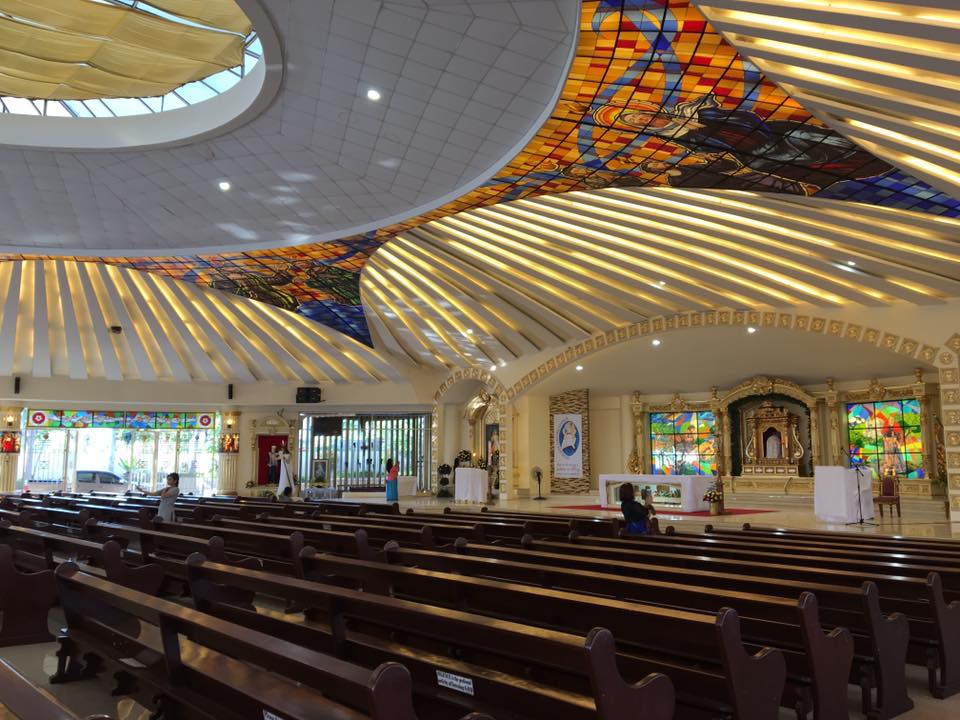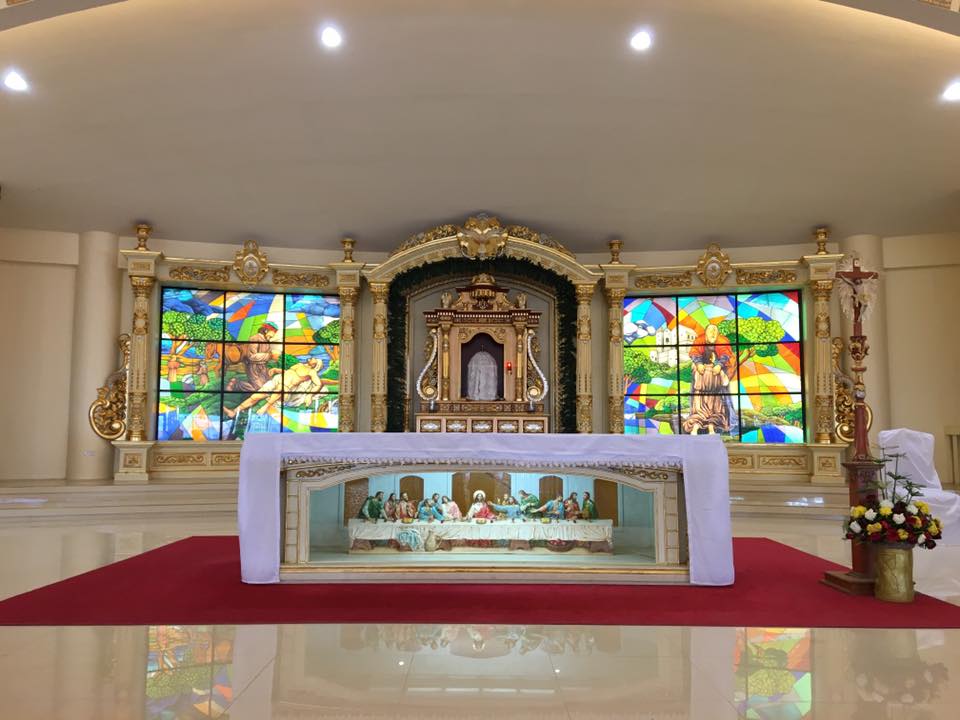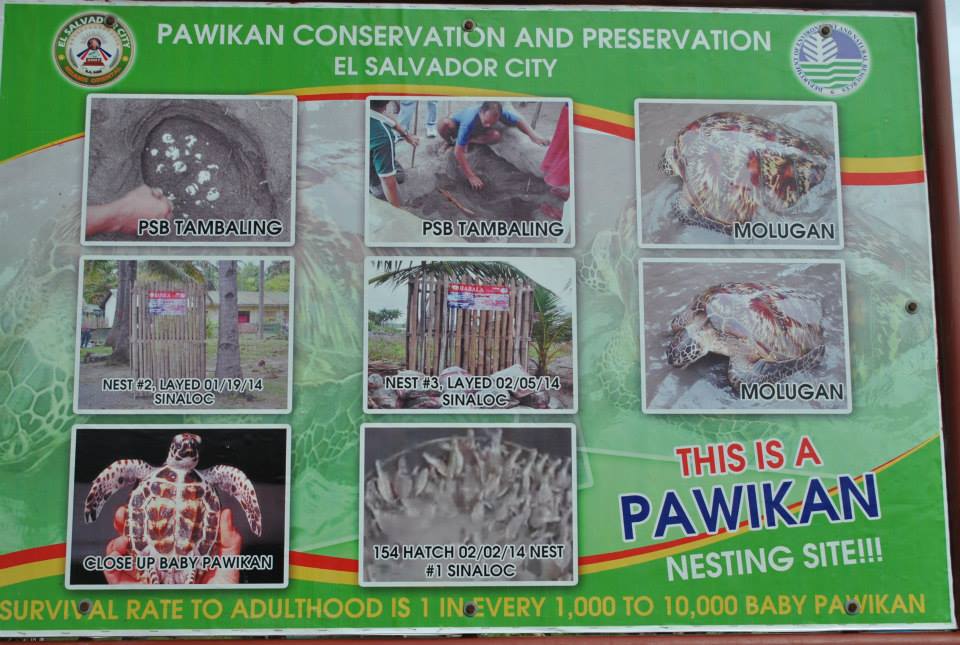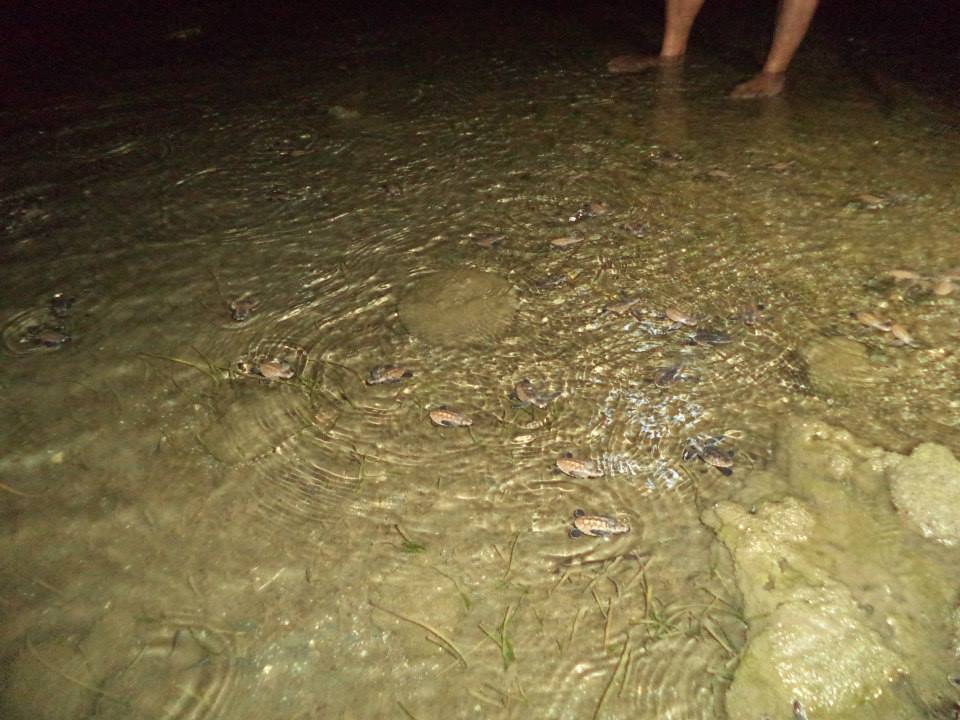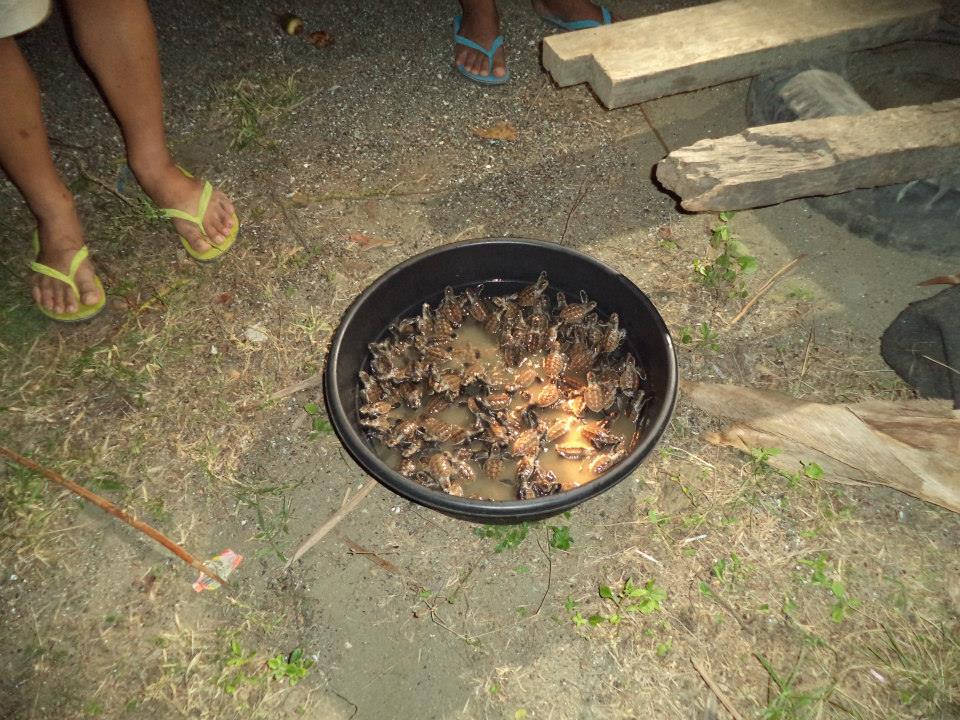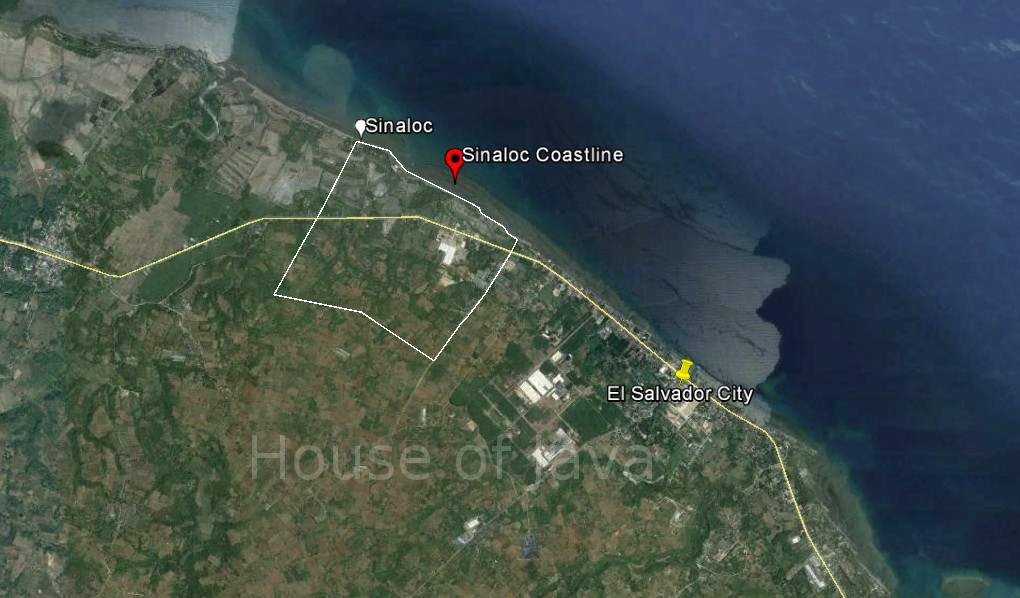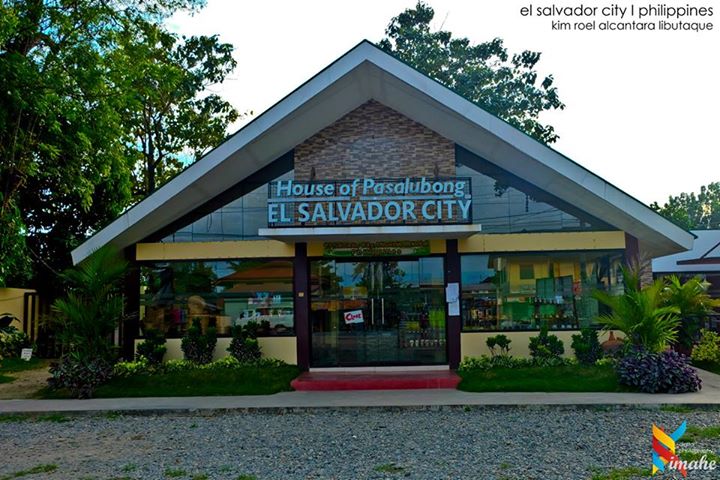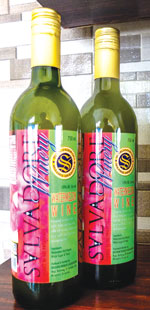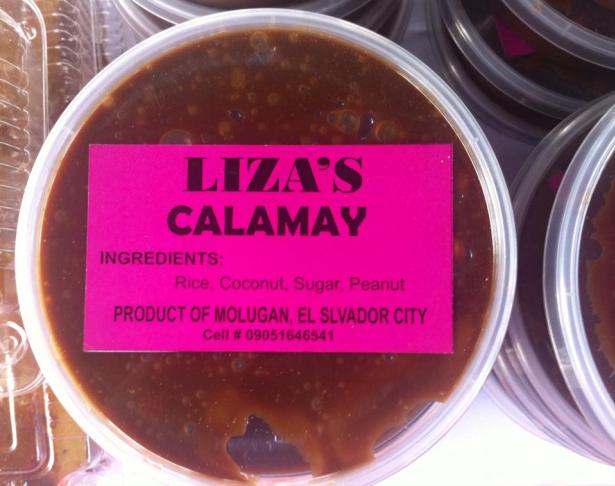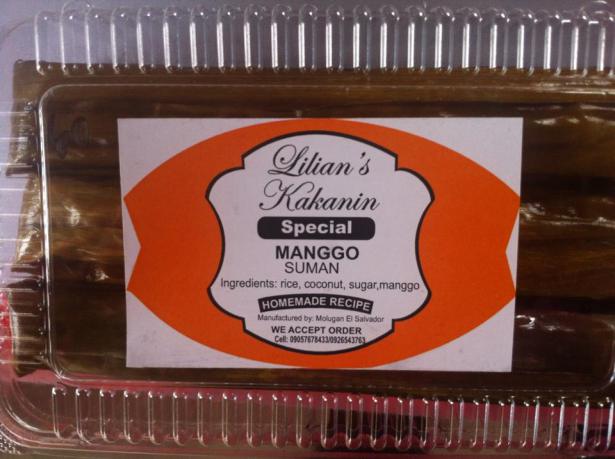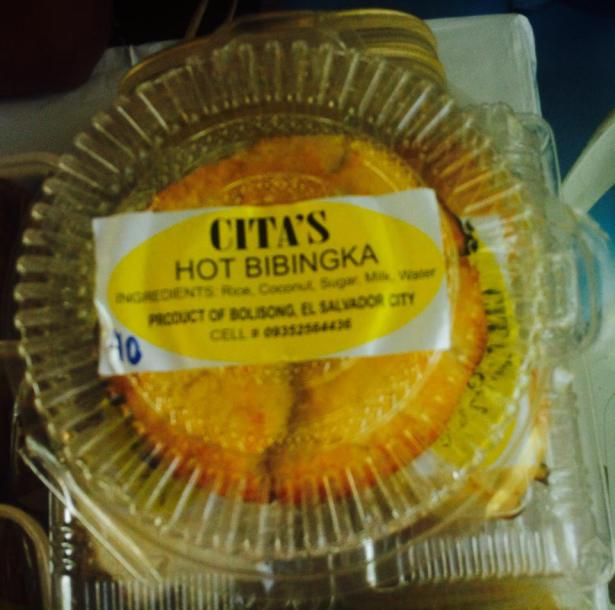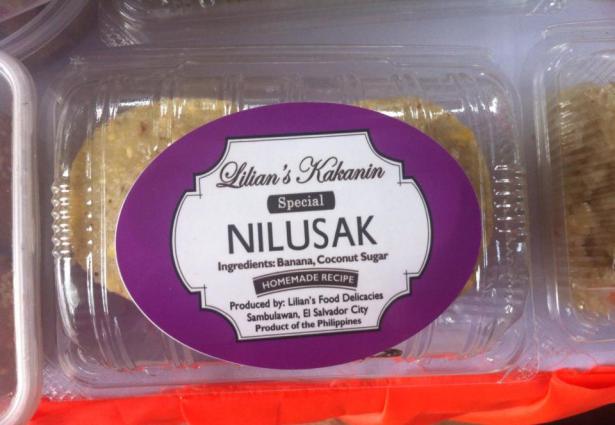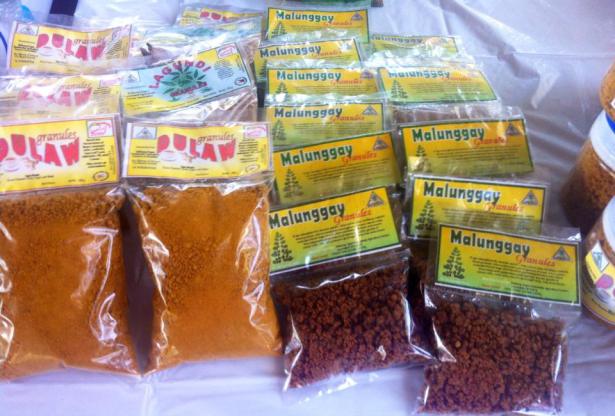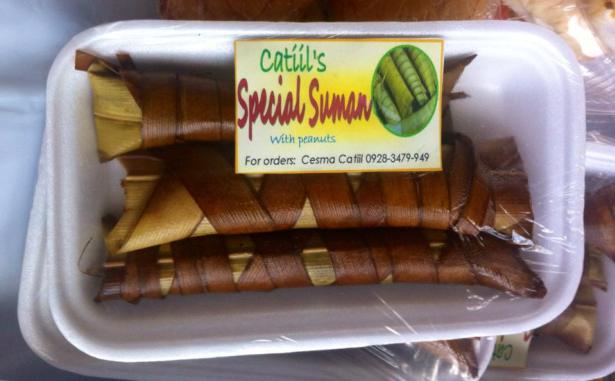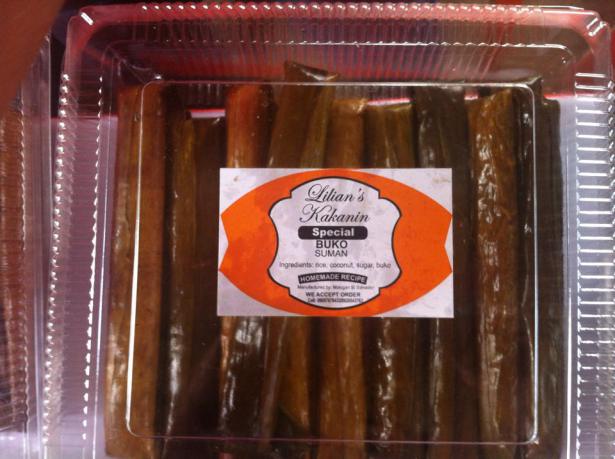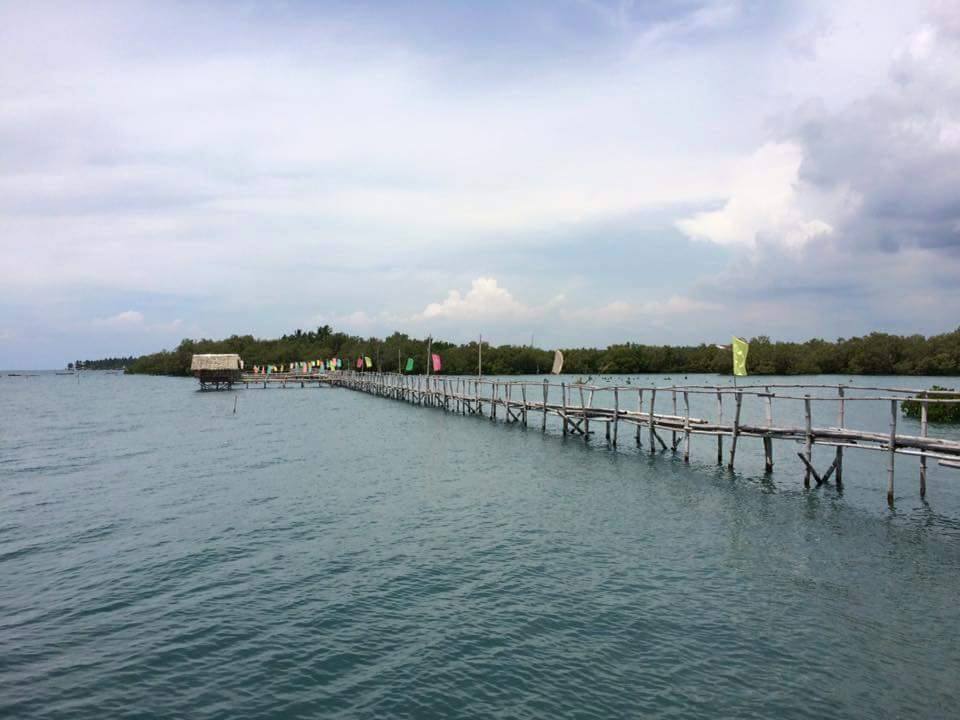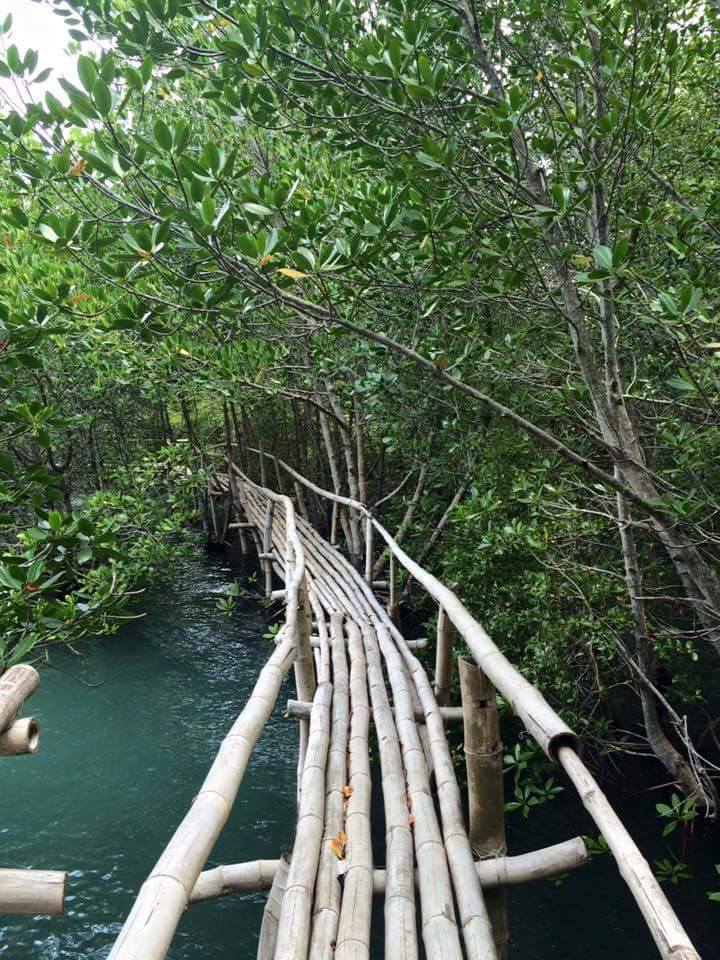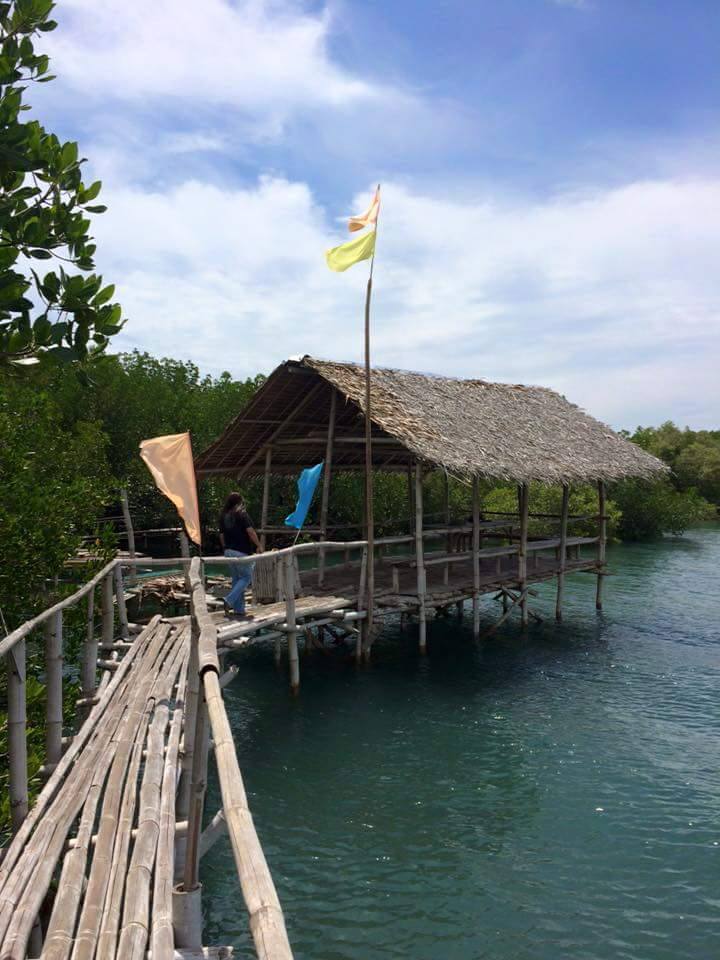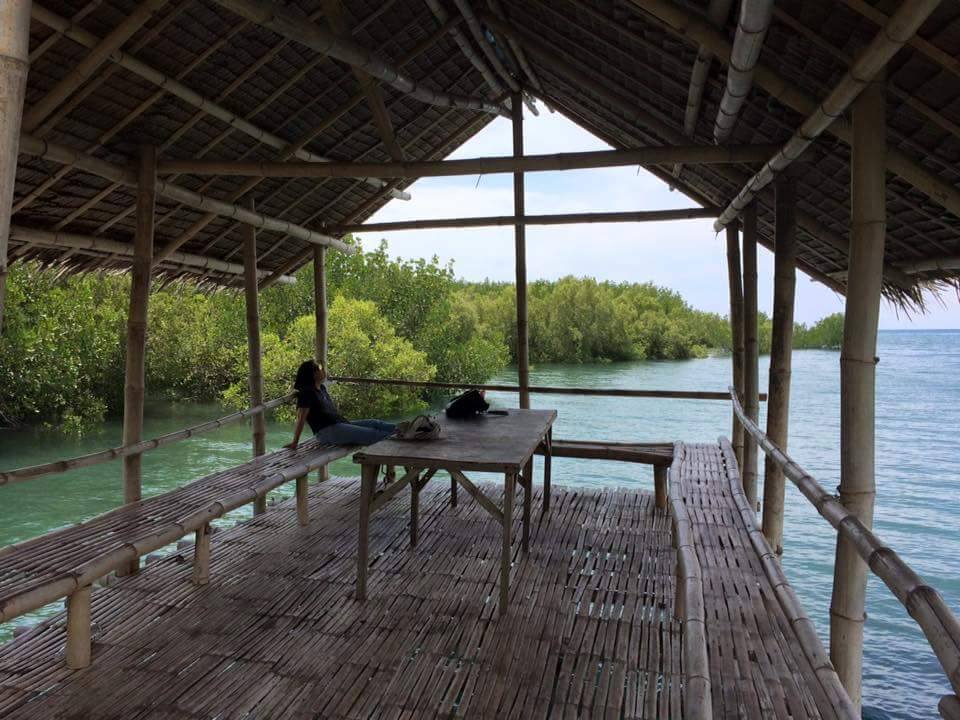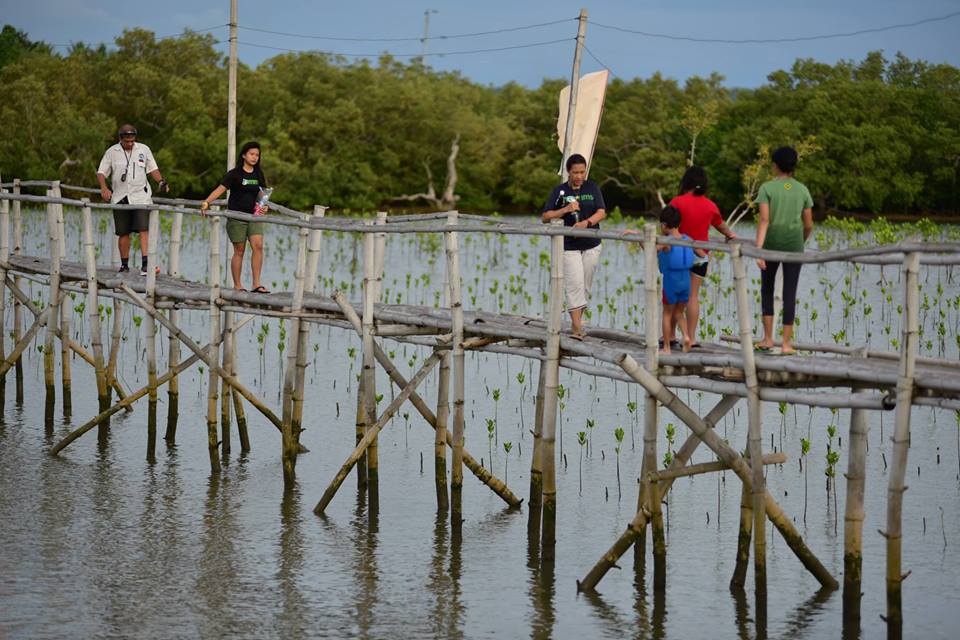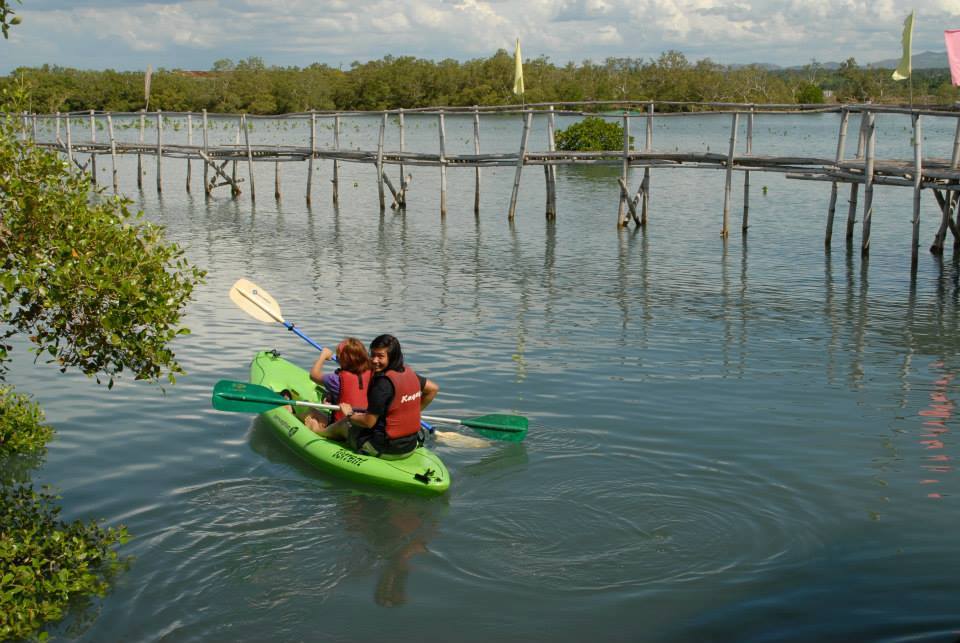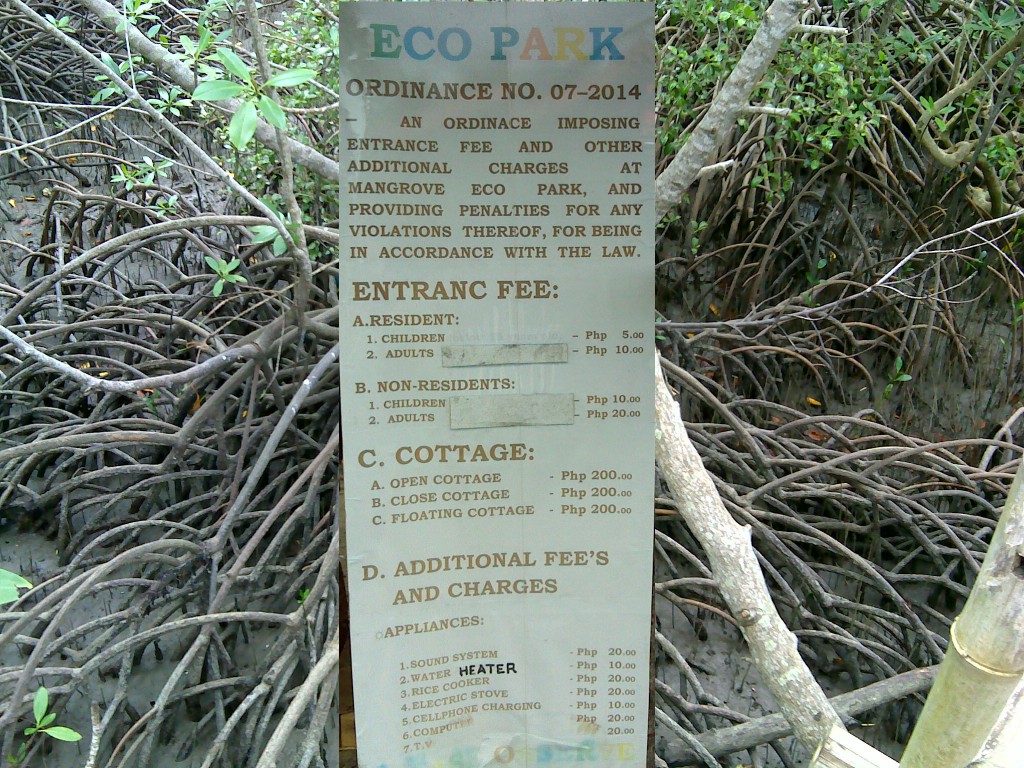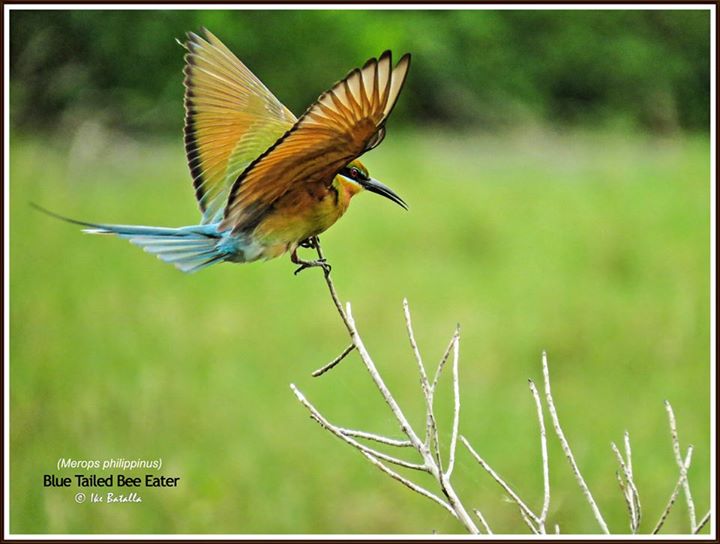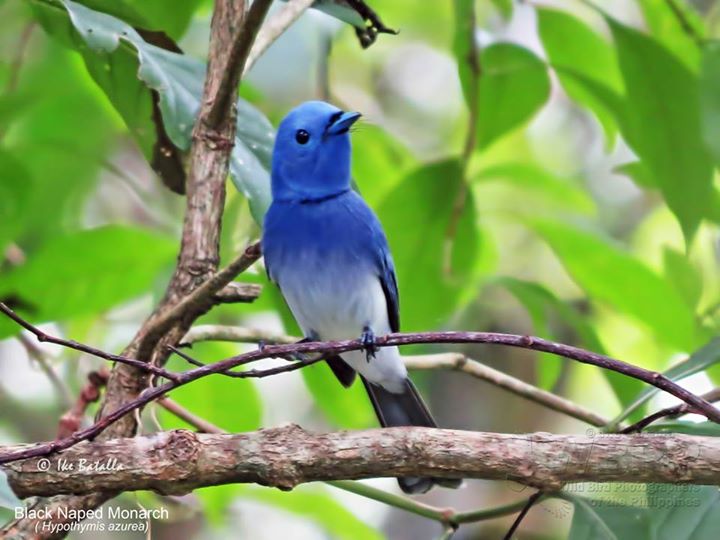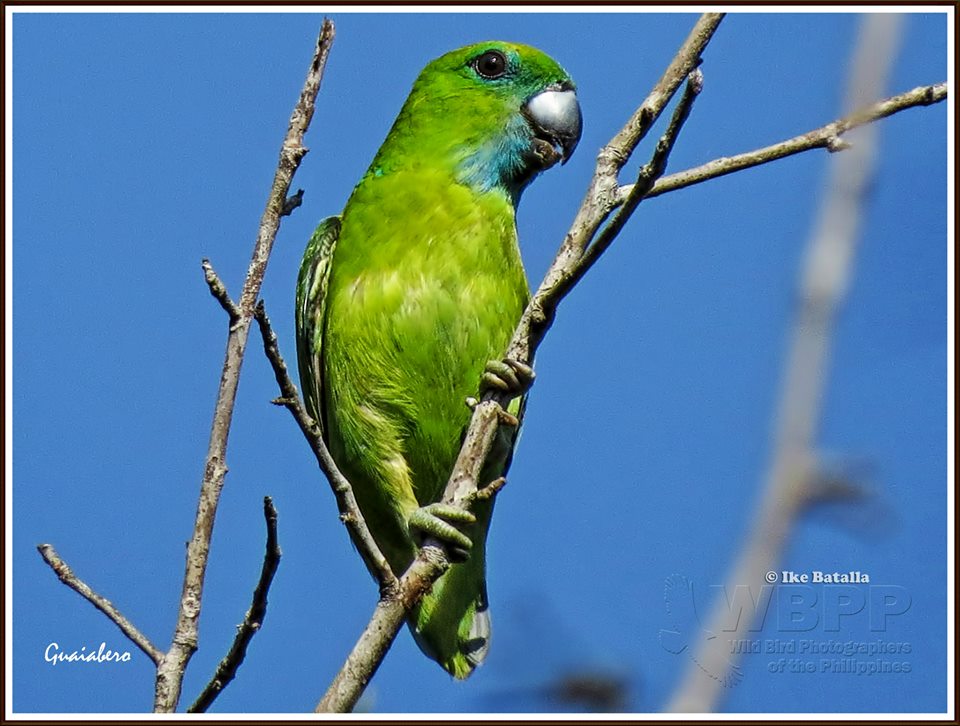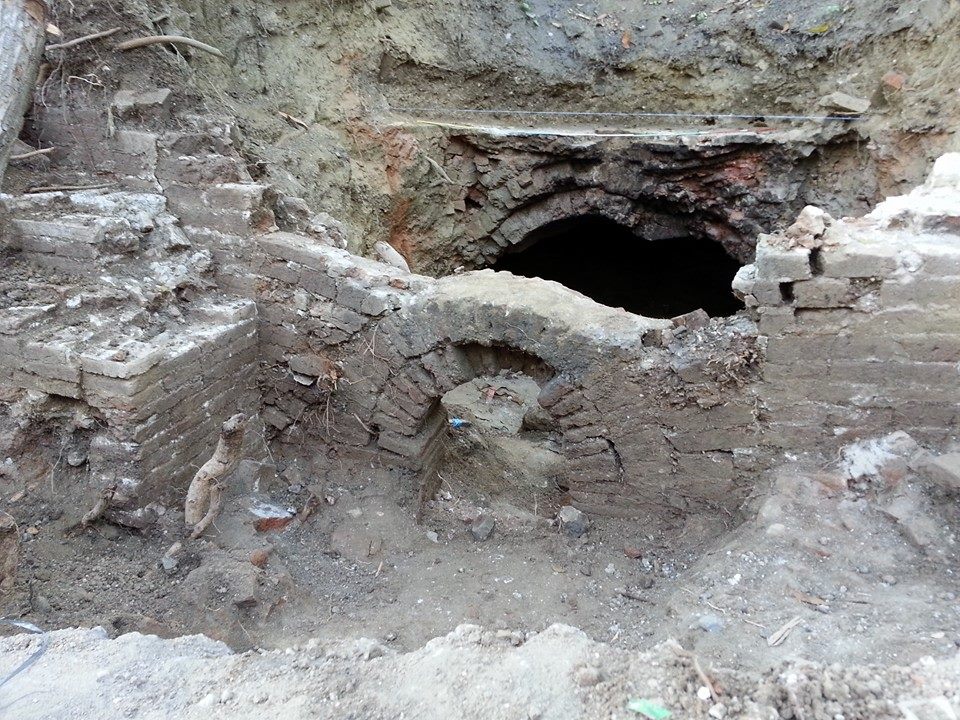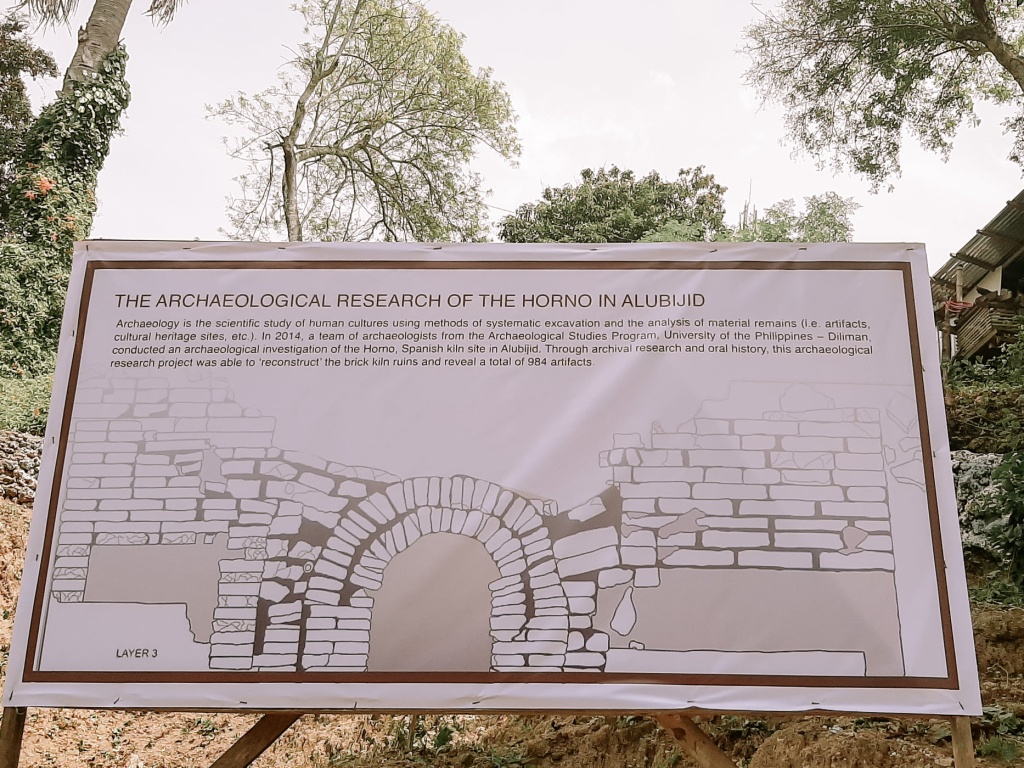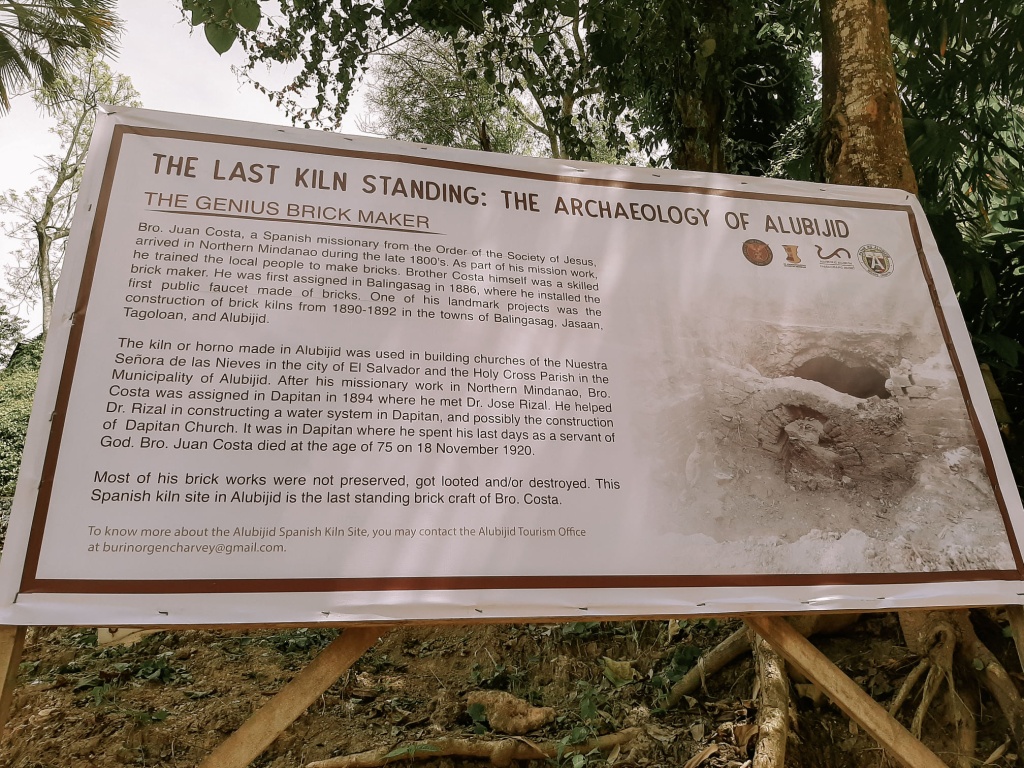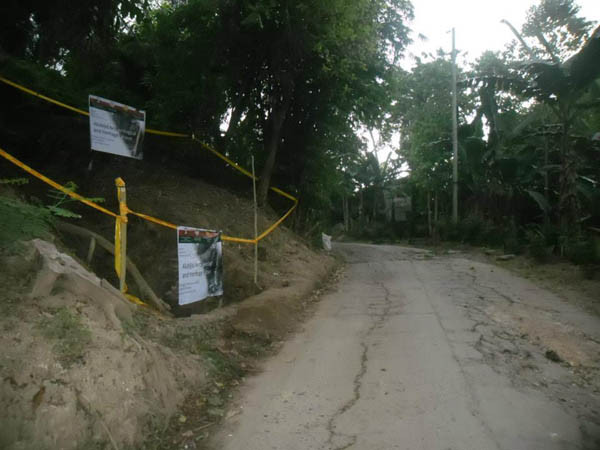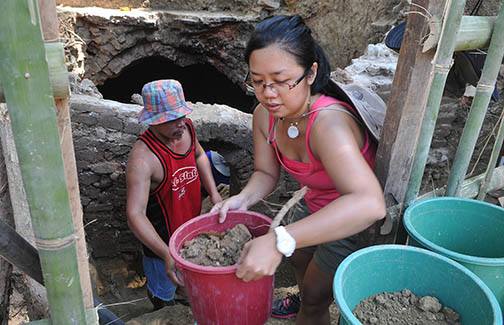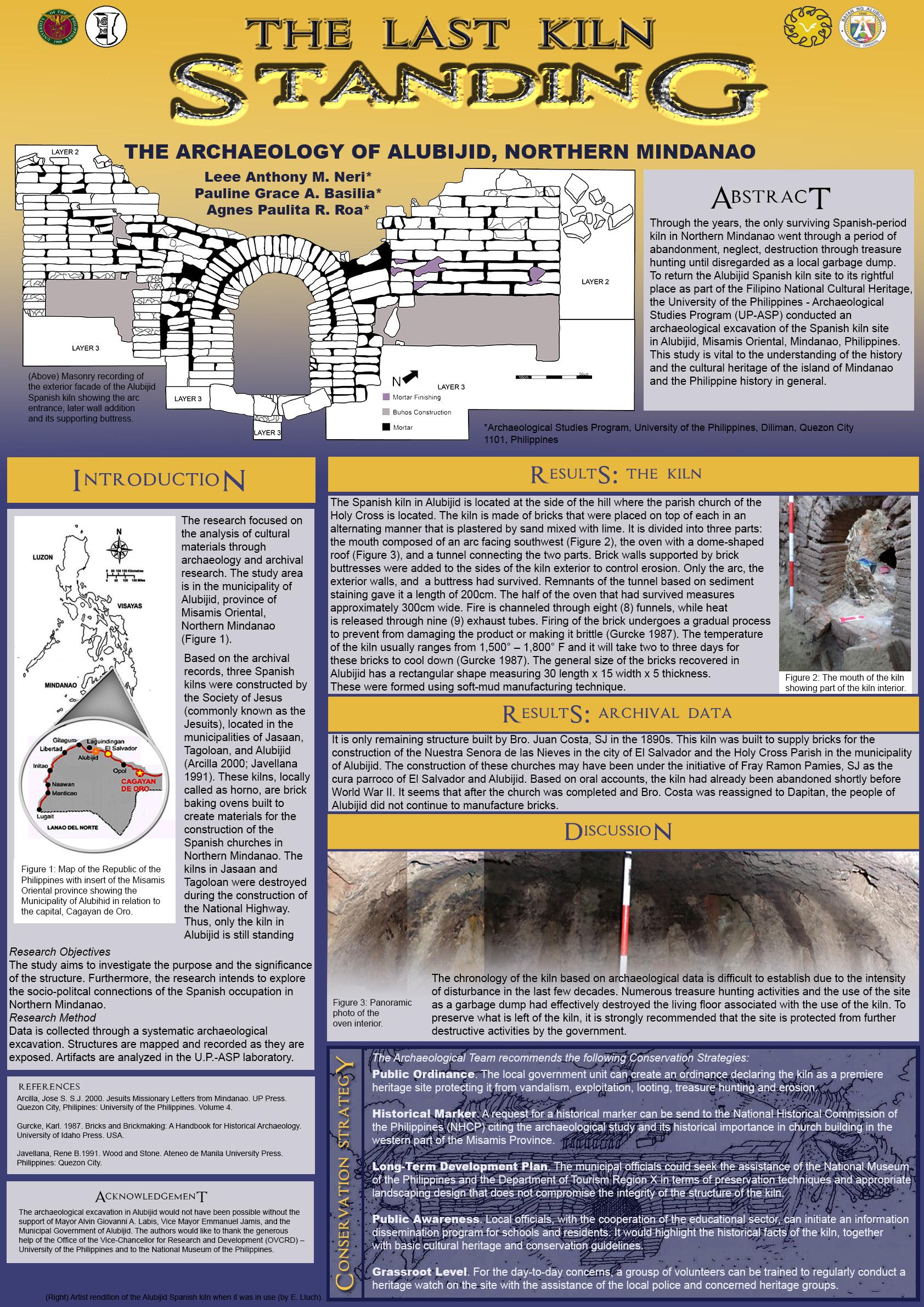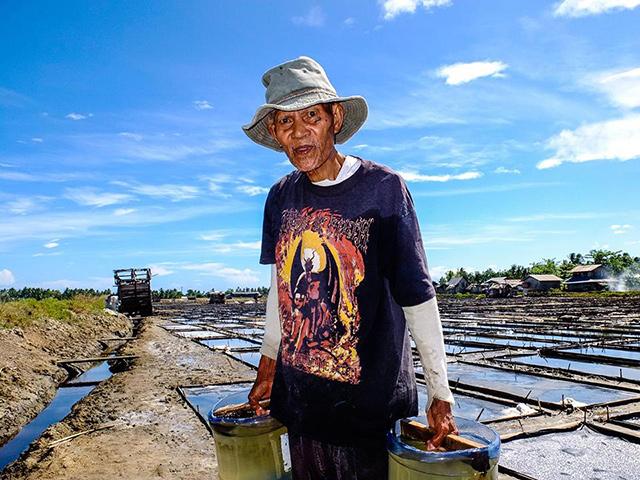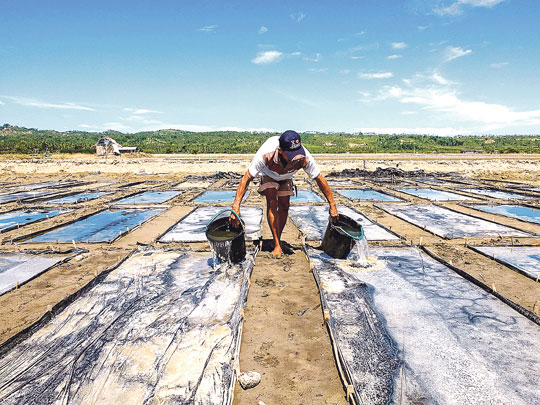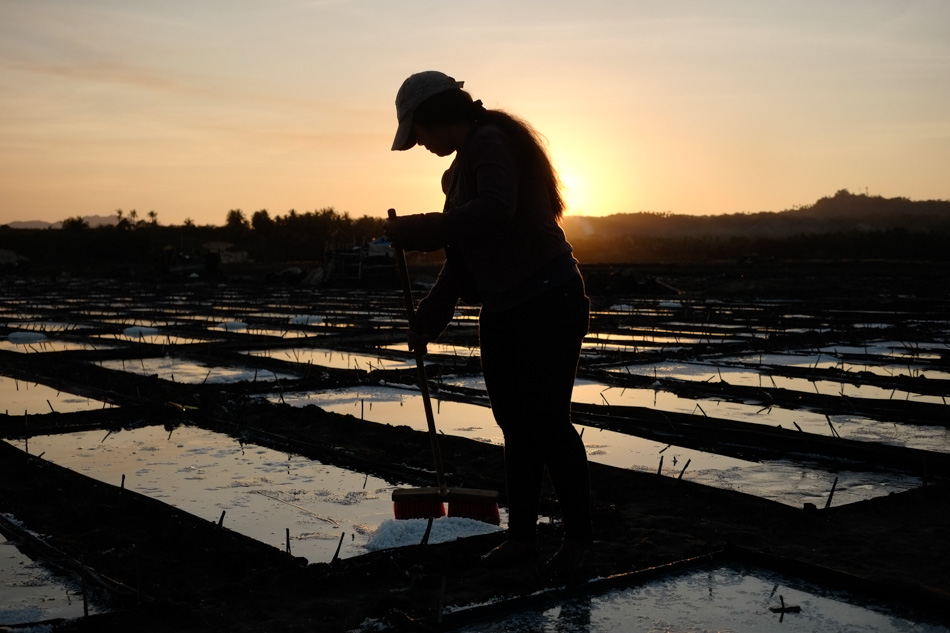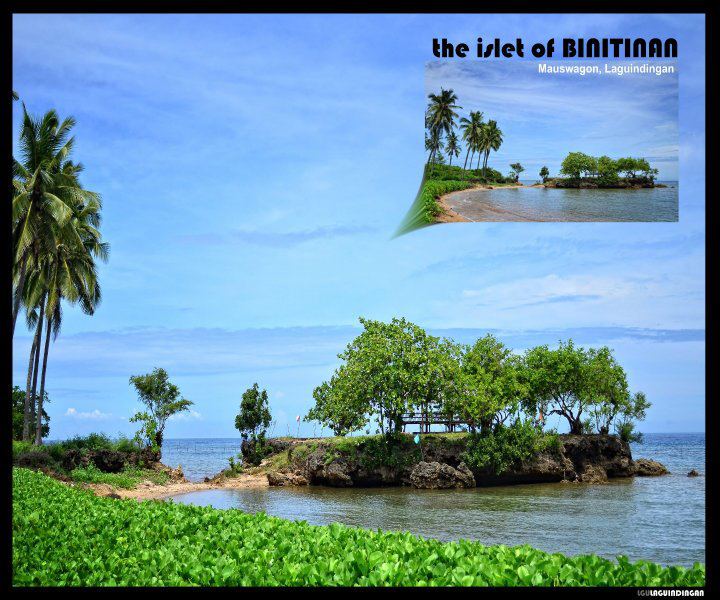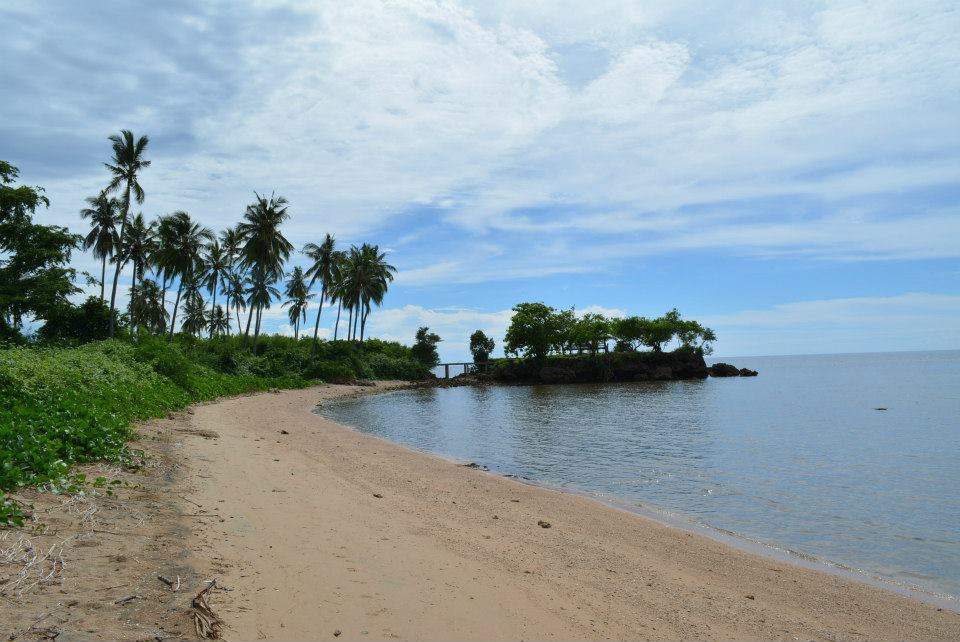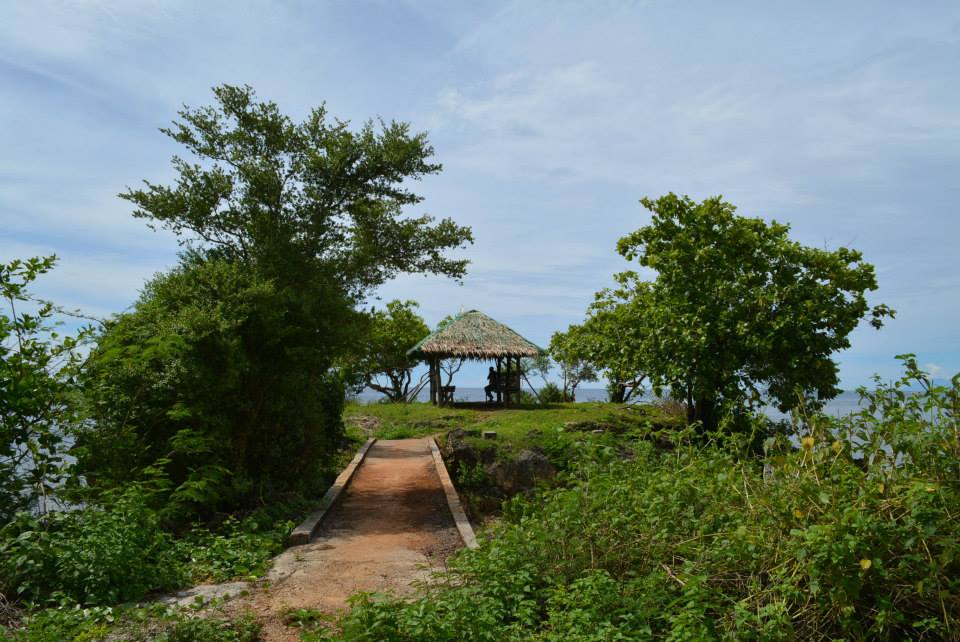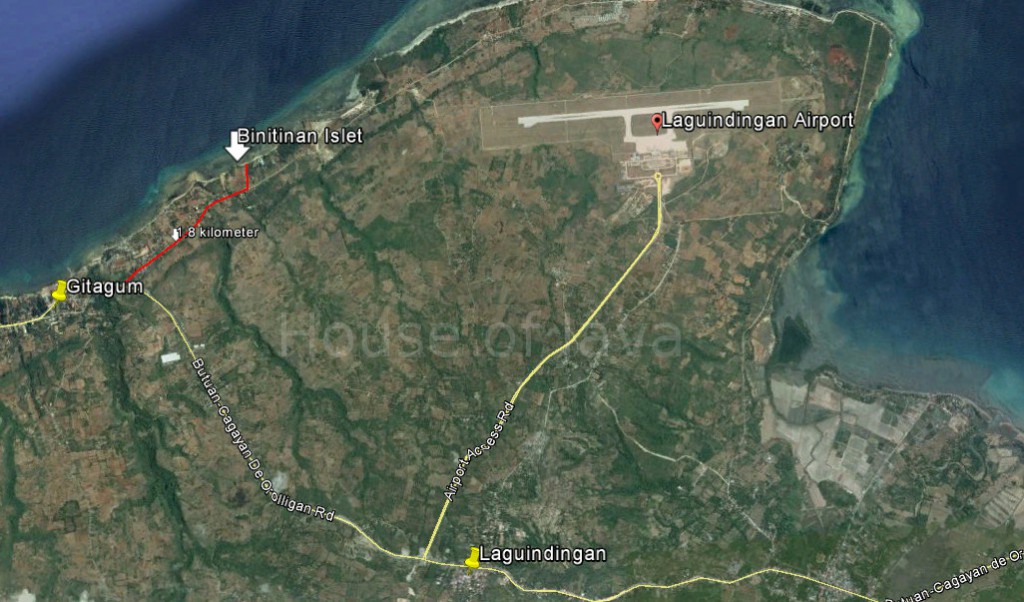
Mangrove Sanctuary at Taytay, perfect place to relax and unwind.
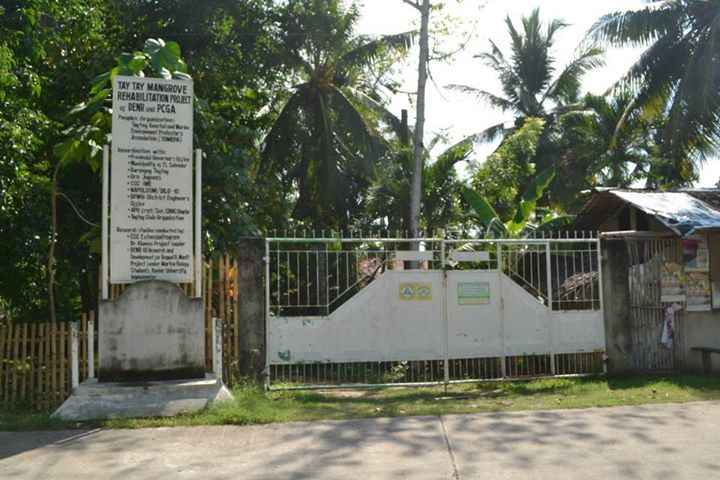
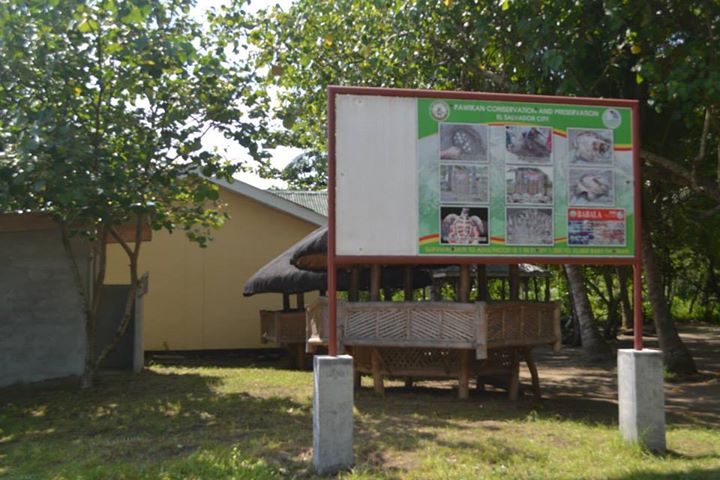
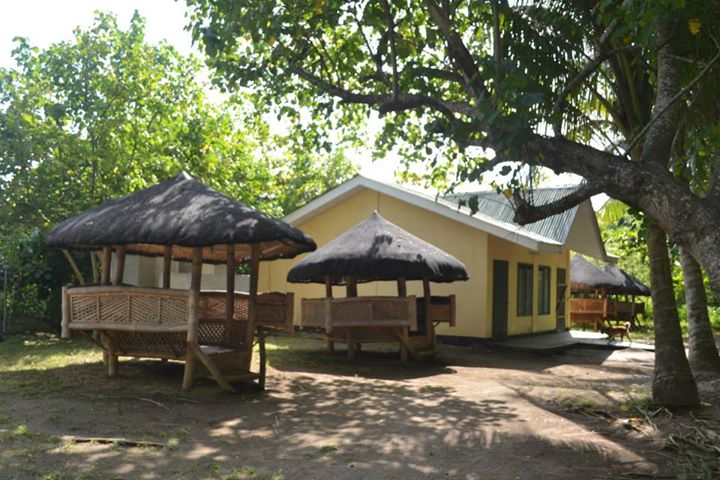
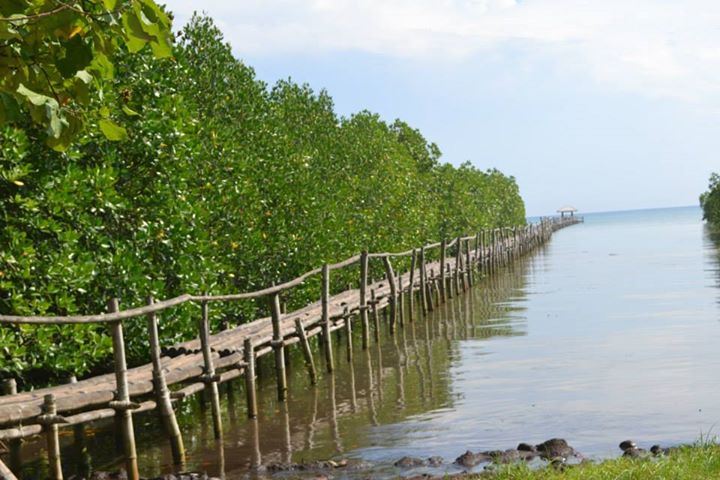
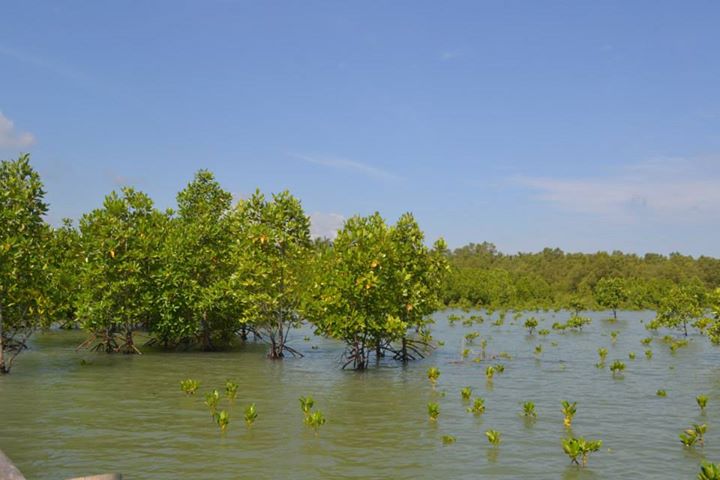

(Source)
On September 15, 2013,the SGI-Philippines Youth Division members from Cagayan de Oro City conducted the mangrove tree planting activity at Taytay, El Salvador City.
They planted 2,000 propagules (mangrove trees) in a site together with the members of the Lotus Sutra Research Group (LSRG), a student group of the Capitol University, Cagayan de Oro City.
This activity was originally initiated by 16 young men of SGI-Philippines in 2003 who planted 500 mangrove trees. Since that time, they went back and forth to the site to take care of the mangrove trees. Later, the group’s activity gained more understanding and support both from public and private sectors such as the Department of Environment and Natural Resources (DENR), Local Government Unit of El Salvador City, 1001 Coastguard Auxiliary Unit, and Capitol University.
Today, the mangrove trees being planted has reached to 20,600 and have grown up into fine trees. (Source)
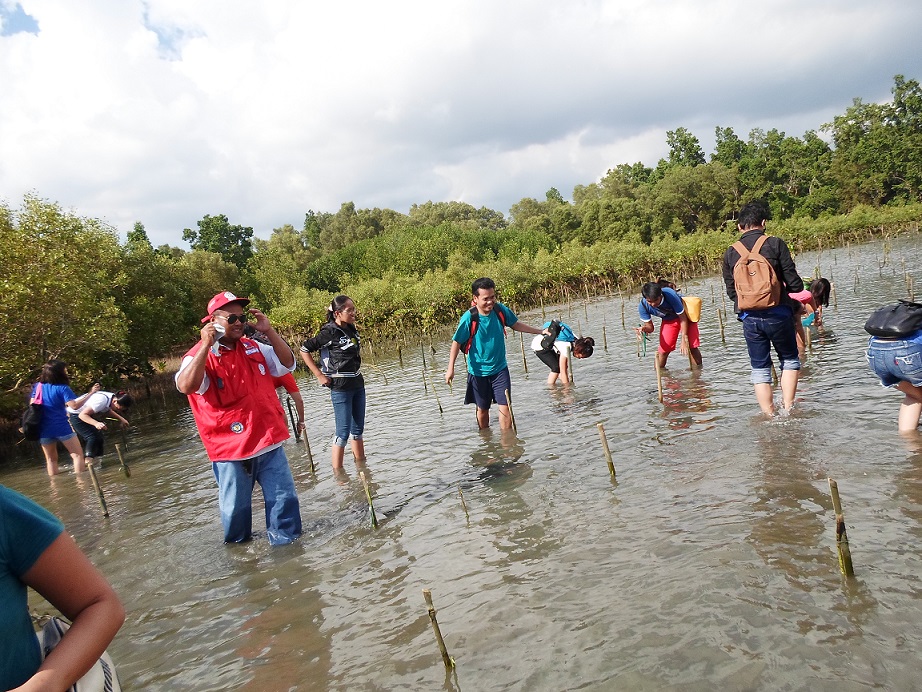
June 5, 2014
Close to 5,000 mangrove propagules were planted by more than 500 participants from various national government line agencies, private sectors, local government units, people groups, media and the academe including MUST. The activity aims to alleviate the effects of global warming and climate change to mother earth and its inhabitants. (Source)
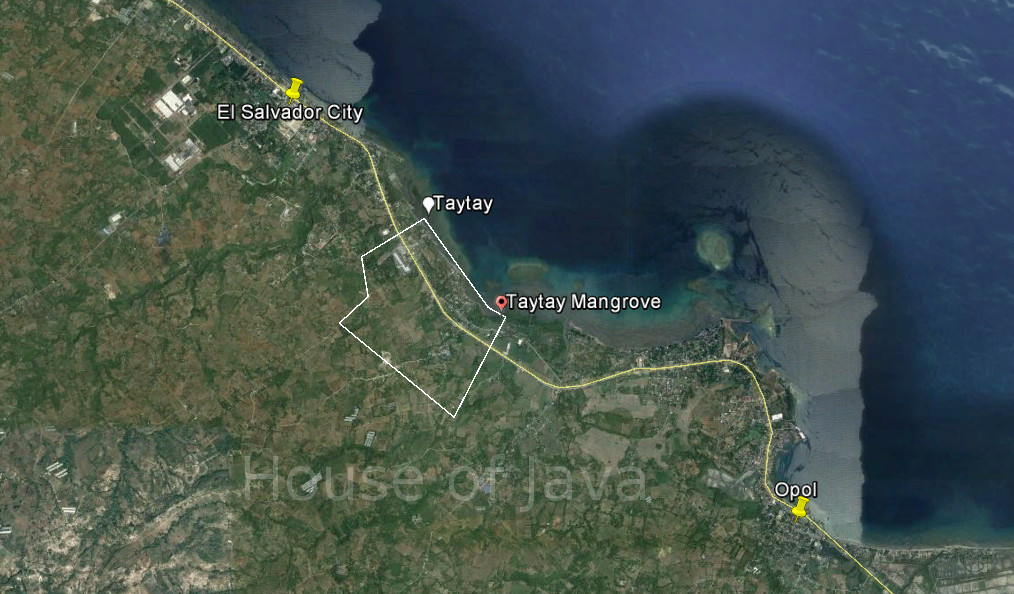
| Website: | no page found |
| Facebook: | no page found |
| Email: | no email found |
| Landline: | no number found |
| |
| Mobile: | no number found |
| |
| City/Municipal: | El Salvador City |
| Barangay: | Taytay |
| Address: | no street address found |
| Google Map: | Taytay Mangrove |
| |
| |

